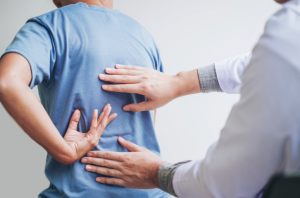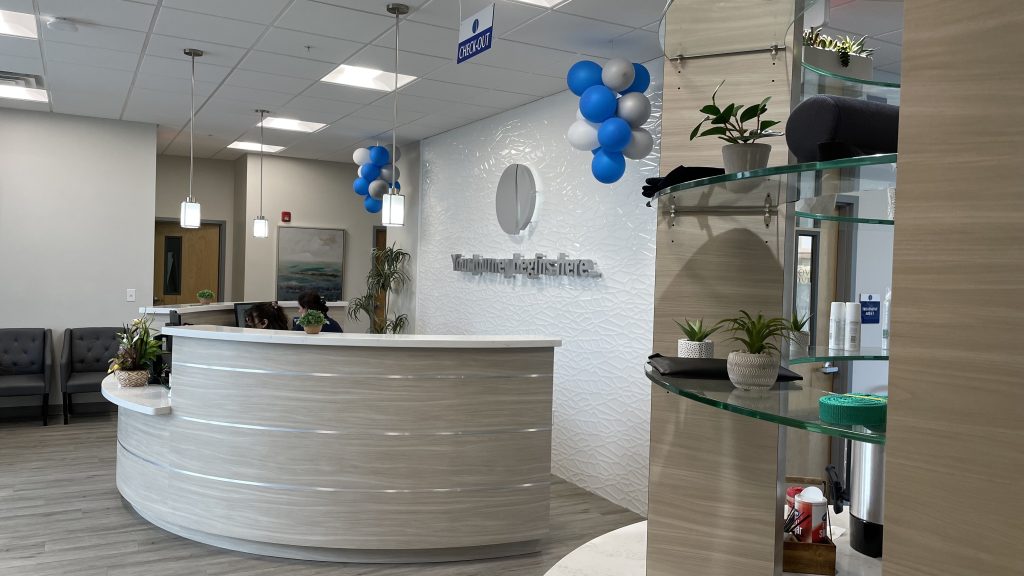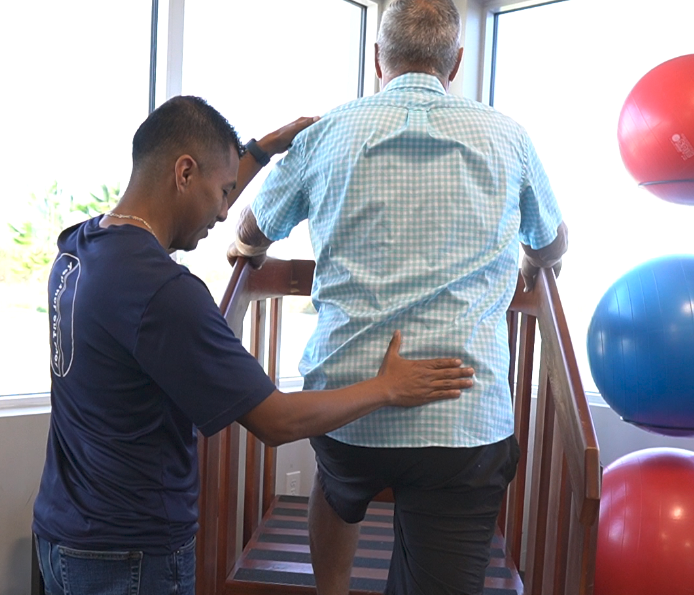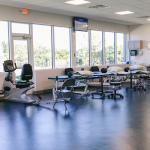As we age, certain parts of our bodies start to feel stiff – and less flexible – than they once were. This is especially true of our spines. Many times, this stiffness makes walking, bending, or even playing a round of golf much more difficult – and even painful.
Sure, we could take a painkiller, or even contemplate invasive surgery, but there are many other less risky options out there. In this post, I will explain why our spines become stiff and achy as we age, the anatomy of the spine, the symptoms commonly experienced, and best of all, what you can do about it.
Why Our Spines Become Stiff & Achy
Our spines become stiff and achy as we age because our discs – those spongy shock absorbers between our vertebrae – shrink in size. As a result, our vertebrae become closer together, constricting movement. This is one of the many reasons why taking care of your spine at a younger age is so important! It slows down the degeneration process.
Symptoms Commonly Experienced
The most common symptoms experienced by patients with a stiff and achy spine are:
- Morning stiffness and pain is worse than afternoon
- Difficulty bending backwards or turning
- Bending forward is easier
- Exercise and movement decrease pain (in most cases)
- No nerve or shooting pains down the leg
- No nausea, vomiting, or unexpected weight loss
What You Can Do About It
So now that you have learned just about everything you ever wanted to know about a stiff and achy spine, we have saved the best for last: What you can do about it.
Contrary to popular belief, there is always something you can or shouldn’t be doing. This can be a form of exercise, gentle stretching of muscles, strengthening of your core, or even learning that there are certain tasks you shouldn’t perform anymore.
Please download our free eBook, “Back Pain: Ten Ways to Reduce or Eliminate Lower Back Pain and Sciatica Without Painkillers and Reducing the Need for Surgery” for some expert advice about how to prevent back pain, as well as some helpful, useful strategies that may actually work to relieve or eliminate your lower back pain and sciatica. Sometimes, granted, expert care is needed if these options don’t work – such as seeing a specialty trained physical therapist.
Conclusion
Many people over the age of 40 suffer each day from limitations in mobility due to back pain and stiffness. Many times, people assume that this is a normal part of aging and that nothing can be done. As a result, we suffer, rely on painkillers, or even sign up for expensive and invasive surgeries with no guarantee of a successful outcome. Give the exercises outlines in our eBook a try and see what works best with your spine. If, after a few weeks, you do not experience relief, please know that you can always call us at (239) 242-0070 for expert help.
What is Physical Therapy?
Of course, you have options when it comes to seeking help for treatment of your aches, pains and injuries. But how to decide? Should you call your doctor first? Read on to learn more about making the right choice for you.




Welcome!
We’re privileged that you have chosen Allied Physical Therapy to help get you back to what you love. We go the extra mile to ensure an uplifting experience – body, mind and spirit.Welcome Providers
At Allied Physical Therapy, we go the extra mile to ensure an uplifting experience – body, mind and spirit – for your patients. Just FAX us the info, and we take care of the rest!








